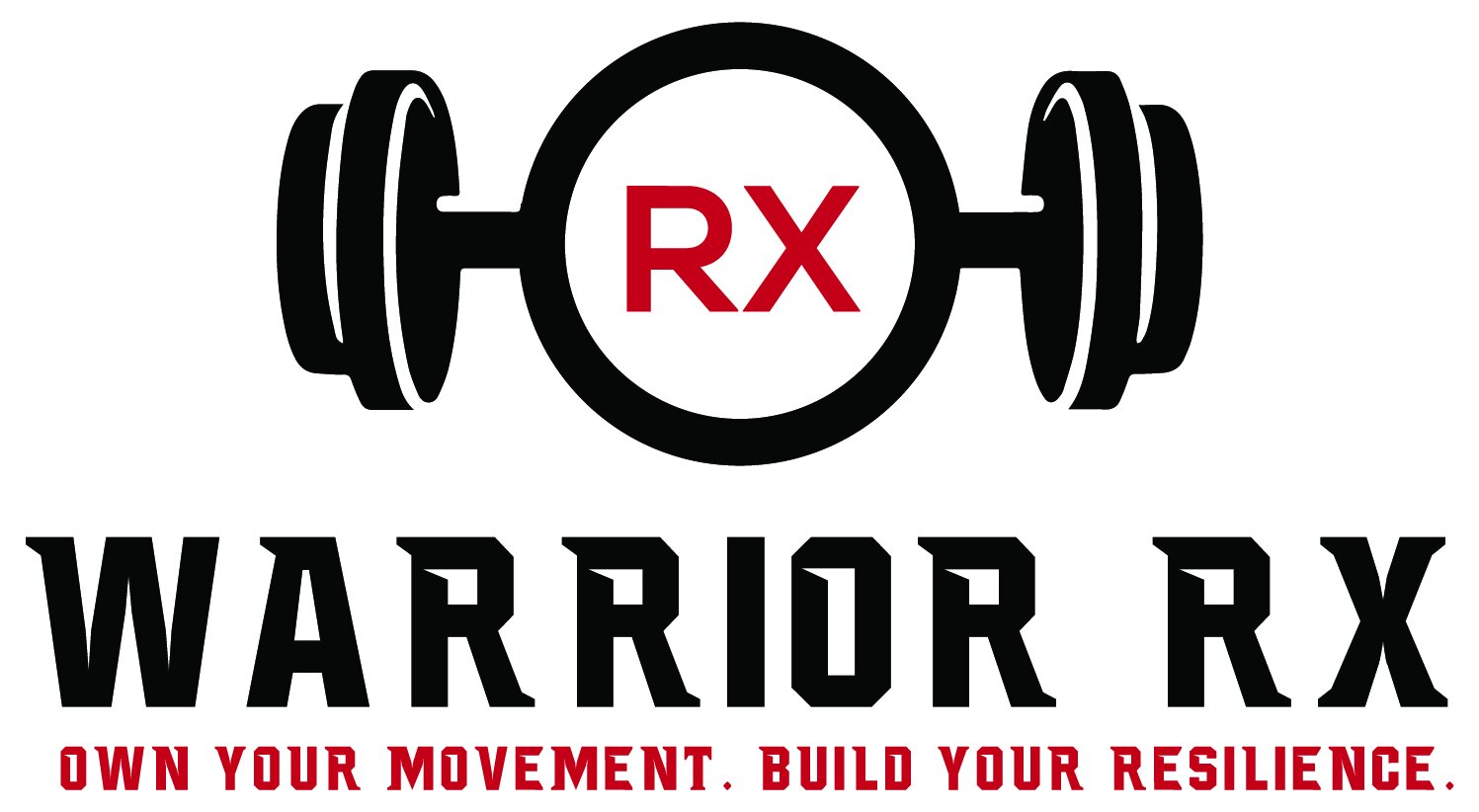Tennis elbow or lateral epicondylalgia, is an irritation of the common wrist extensor tendon, and more specifically the extensor carpi radials brevis portion. While, historically, associated with tennis players due to both the amount and intensity of gripping and wrist extension/snapping required, this conditioning can affect anybody performing repetitive gripping activities, including weight lifting.
The true pathology of tennis elbow is a hotly debated topic and often there is no traumatic injury. To boil this down quickly, tennis elbow can be either a tendinitis, which is a more acute form of pain, or a tendinosis which has been present off and on for months or even years. What’s the difference?
Tendinitis is an acute inflammatory response to micro-damage with swelling present. Whereas in tendinosis there is pain, but no acute swelling. When tendinitis isn’t managed properly often times it transforms into a tendinosis as improper healing occurs and continued repetitive breakdown of tissue results. Ultimately, tennis elbow is often the result of an acute increase in gripping or repetitive wrist extension. Often times there is a large contribution of faulty mechanics at the shoulder and thoracic spine.
Management of tennis elbow begins with a couple of techniques to address the pain. This includes direct pin and stretch techniques to the muscles and an exercise we call “nerve gliding”. Nerves exit the spinal cord and travel through other tissues throughout the body to allow you to do everything you need. A nerve is a sensitive, high maintenance structure meaning it likes it space and respect from the other tissues. If inflammation or mobility restrictions are present this will impact the nervous tissue and can result in a nerve entrapment. When this happens a nerve becomes sensitized and it will take less pressure, force production, or movement to provoke your pain. In the elbow, this nerve is called your radial nerve. By performing the nerve glide you are essentially improving the relationship of the nerve to its surrounding tissue and reducing it’s sensitivity.
Once you managed the pain with the above techniques we can talk about addressing the actual cause of your elbow pain, which is often weakness. There are many causes to tennis elbow symptoms, including your neck, but the most common cause of isolated elbow pain I see is weakness in the shoulder. Overuse of the wrist extensors occurs because the muscles around the shoulder are ineffective at doing their job. Below you will find a few exercises to begin addressing these muscles.
Again, these type of symptoms can have many causes so give these strategies a try, and if you still can’t get back to your favorite activities give us a shout for more personalized care strategies!
Own your movement. Build your resilience.
Warrior Rx

